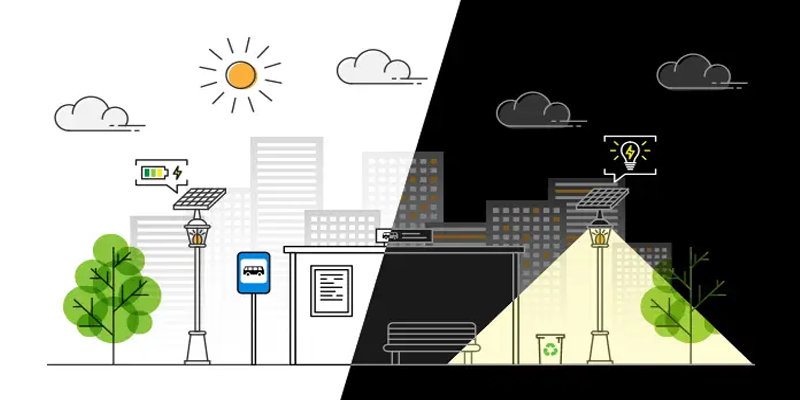In an age where urbanization is on the rise and energy consumption is a pressing concern, solar street lights have emerged as a beacon of hope. Combining innovation, sustainability, and functionality, these solar-powered lighting solutions are revolutionizing how cities illuminate their streets, parks, and public spaces.
The Need for Solar Street Lights
Traditional street lighting systems rely heavily on fossil fuels, leading to significant greenhouse gas emissions and increased energy costs for municipalities. As cities strive to mitigate their carbon footprint while ensuring the safety and security of citizens, solar street lights offer a sustainable alternative. Here are some compelling reasons for their adoption:
Environmental Benefits: Solar Street lights
harness energy from the sun, reducing reliance on non-renewable resources. This
shift helps decrease carbon emissions and fosters a healthier
environment.
Cost-Effectiveness: By eliminating the need for
electrical wiring and reducing electricity bills, solar street lights can
significantly lower installation and maintenance costs. Once set up, these
lights operate at zero cost, relying solely on solar energy.
Energy Independence: Solar street lights
contribute to energy independence by utilizing a renewable resource that’s
available in abundance. This is especially beneficial for remote or underserved
areas not connected to a conventional power grid.
Ease of Installation: The installation of solar
street lights is often simpler and faster than traditional lighting systems.
Without the need for trenching and electrical connections, cities can deploy
these lights quickly, enhancing public safety.
Smart Features: Many modern solar street lights
come equipped with smart technology, enabling features such as motion sensors,
dimming capabilities, and remote monitoring. These innovations can optimize
energy use and enhance public safety.

Solar street lights consist of several key components: photovoltaic (PV) panels, batteries, LED lights, and controllers.
1. Photovoltaic Panels:
These panels convert sunlight into electrical energy during the day, charging the batteries for night time use. The size and efficiency of the panels determine how much energy can be stored.
2. Batteries:
The stored energy is kept in batteries, ensuring that the lights can operate even on cloudy days or during the night. High-capacity batteries allow for extended use without sunlight.
3. LED Lights:
Efficient
LED bulbs provide bright illumination while consuming minimal
energy. This combination ensures that solar street lights are both
powerful and economical.
Smart
controllers manage the system, ensuring that the lights operate only
when needed. They can adjust brightness based on ambient light
levels, extending battery life and reducing energy
consumption.
 9440160756
9440160756 rishienterprises.tps@gmail.com
rishienterprises.tps@gmail.com 9440160756
9440160756 9440160756
9440160756